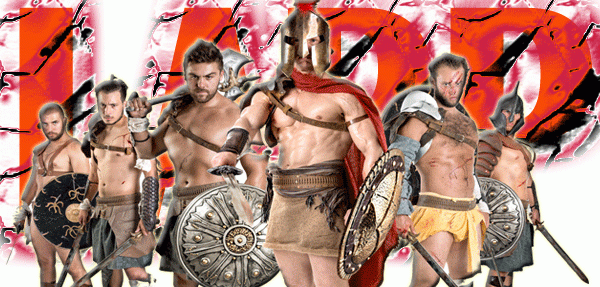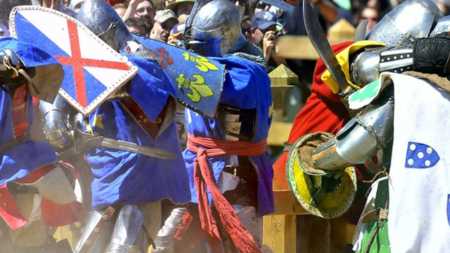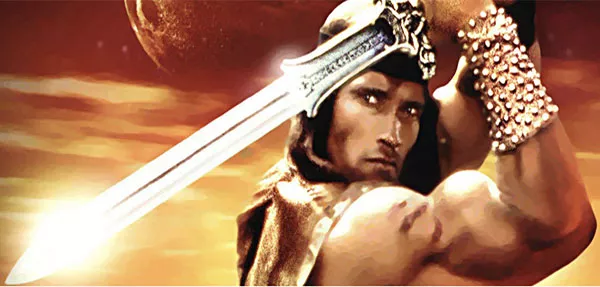What is a Bearded Axe?
The bearded axe is an iconic tool and weapon known for its characteristic "beard," an extension of the blade that grants both functionality and a unique aesthetic. The Vikings, who referred to this type of axe as skeggöx, popularized it during the period from the 8th to the 10th centuries. However, its use was not limited to Scandinavian lands, as its versatility made it a common tool in various European cultures.

Origin and Historical Use of the Bearded Axe
The Viking Age witnessed the popularization of the bearded axe as one of the primary combat weapons. In Icelandic sagas and medieval documents, this instrument is frequently mentioned, not only as a weapon but also in daily activities. Archaeological findings, such as those made in the River Thames, suggest that these axes had extensive use and perhaps a ritual or symbolic value.
Distinctive Features
- Head Shape: The most distinctive feature is the "beard," an extension of the blade that allows for hooking weapons, shields, and even climbing walls.
- Size: Ranges from lightweight one-handed models to larger versions. Most of these axes are designed for agile use with one hand.
- Materials: Generally, the blade is made of steel or wrought iron, while the handle is crafted from sturdy woods like ash or walnut.
- Versatility: Used in both combat and daily tasks. Its extended blade made it ideal for chopping wood, butchering animals, or preparing stakes.
Cultural and Symbolic Importance
In addition to its practical utility, the bearded axe is a symbol of status and skill. In Norse mythology, as well as in artistic representations, it appears as an emblem of strength and cultural heritage. Runes, such as Othala, are associated with these axes, symbolizing a connection to ancestral land and family legacy. In modern times, many replicas recreate these designs for collectors or historical reenactments.

Advantages and Practical Uses
- Combat Hook: The extension of the blade allowed for hooking and destabilizing enemies, a crucial tactical advantage in battles.
- Efficiency in Daily Tasks: Its design was perfect for felling trees, hunting, or cutting due to the control and extension of the blade.
- Adaptability: Its lightweight nature made it easy to use with one hand, allowing warriors to carry a shield in the other.
| Aspect | Description |
|---|---|
| Head Shape | Extension of the blade forming a "beard" |
| Size | Ranges from lightweight one-handed to larger sizes |
| Materials | Steel or iron blade; ash or walnut handle |
| Versatility | Useful in combat and everyday tasks |
In the history of tools and weapons, the bearded axe occupies a special place due to its creative design that effectively combines functionality and symbolism. The enduring image of the Viking warrior with his bearded axe remains a fascinating vision of the past and a timeless emblem of craftsmanship and tactical skill.
















